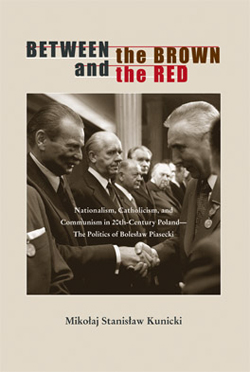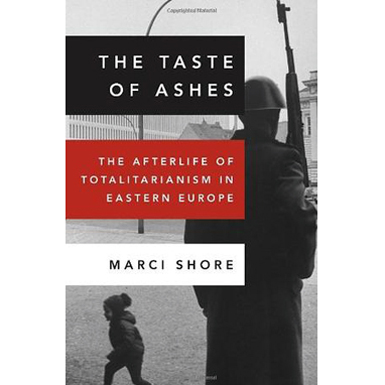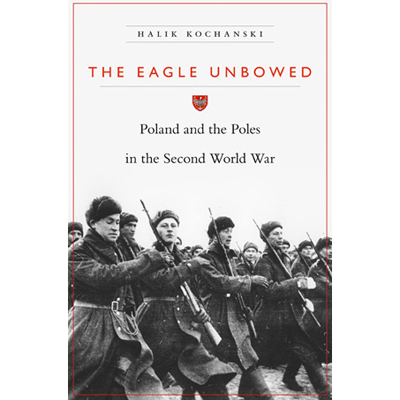 Between the Brown and the Red: Nationalism, Catholicism, and Communism in 20th-Century Poland — The Politics of Bolesław Piasecki
Between the Brown and the Red: Nationalism, Catholicism, and Communism in 20th-Century Poland — The Politics of Bolesław Piasecki
Mikołaj Stanisław Kunicki
Ohio University Press; 2012, 266 p.
Fascism and communism are widely regarded as opposing and incompatible political doctrines. Catholicism is also seen as irreconcilable with communism, and did in fact have much to do with bringing down the communist regime in Poland and, by extension, neighboring lands of the Soviet Bloc. But this impressive first book by Mikołaj Stanisław Kunicki, an assistant professor of history at the University of Notre Dame, calls this ideological conventional wisdom into question, and contends that the career of a figure usually considered a sinister and idiosyncratic actor within the structure of the PRL can tell much not only about the communist era in Poland, but the years before and after, as well.
The odd, broad outline of the biography of Bolesław Piasecki is notorious: he emerged as a rising star within a small but energetic Polish fascist movement in the 1930s, joined the anti-German resistance during the Second World War, and was taken captive by Soviet forces as they completed out their dual liberation cum conquest of Poland. In spite of his more than dubious, radical-right background, instead of receiving the executioner’s bullet that might have been his expected fate, Piasecki managed to forge an alliance with the ascendant Communists, agreeing to try to rally Polish Catholics around their new leftist and atheist regime. He carried out this mission until his death in 1979, mainly as the leader of PAX, an avowedly Catholic organization patronized by the PRL, but generally detested by the Church itself as illegitimate and unsavory.
This is a familiar story, but Kunicki makes a subtle and persuasive argument that it has been misunderstood, and its significance underappreciated. Piasecki, he insists, did not abandon or compromise his “brown,” radical right convictions in making his seemingly unnatural and opportunistic deal with the “reds.” Quite the contrary, he remained steadfastly true to his ideal of a Catholic-national Poland to the end. Moreover, the Polish Communists and their Soviet sponsors knew what they were getting: conscious of their own unpopularity in the country they were determined to run, they hoped Piasecki could use his undeniable talents to broaden their base of support. For his part, Piasecki bet that a phase of rule by the Communist Party—whose revolutionary resolve to build a new Poland completely different from the interwar Second Republic he admired as similar to his own—eventually would result in the realization of his own vision. And in this he turned out to be half right, for as the PRL regime aged and floundered, it grew increasingly reliant on appeals to his own favorite themes of nationalism and anti-Semitism to shore up its tottering rule. So it was Piasecki who remained ideologically consistent, and the Communists who tried to hitch a ride on the “brown” agenda, instead of the other way around.
Viewed in this way, Piasecki does not appear as an eccentricity, but as a case that demonstrates the challenges faced, and recognized, by the Polish United Workers’ Party as it attempted to establish and maintain a Communist system and status as a Soviet dependency in a country wholly unsuited to that arrangement by national history, culture, and values.
Kunicki also presents Piasecki as a lesson in the continuity of rightist politics in Poland from the 1930s to the present. Rejecting the common image of the Communist era as a political ice age that temporarily buried and immobilized competing factions, he maintains that the Polish far-right did not need to be revived or “thawed out” after 1989, but that Piasecki’s PAX “was [his emphasis] the nationalist Right under communism.” He also detects the influence of Piasecki, both in his PAX and prewar fascist phases, in the contemporary platform and rhetoric of both PiS and Radio Maryja.
This is an original, thought provoking, often deliberately provocative book, based on a wealth of archival and published sources. It is, as well, a pleasure to read. Between the Brown and the Red takes its place as one of the best studies of the complex relationship of Catholicism and politics in recent Polish history.



